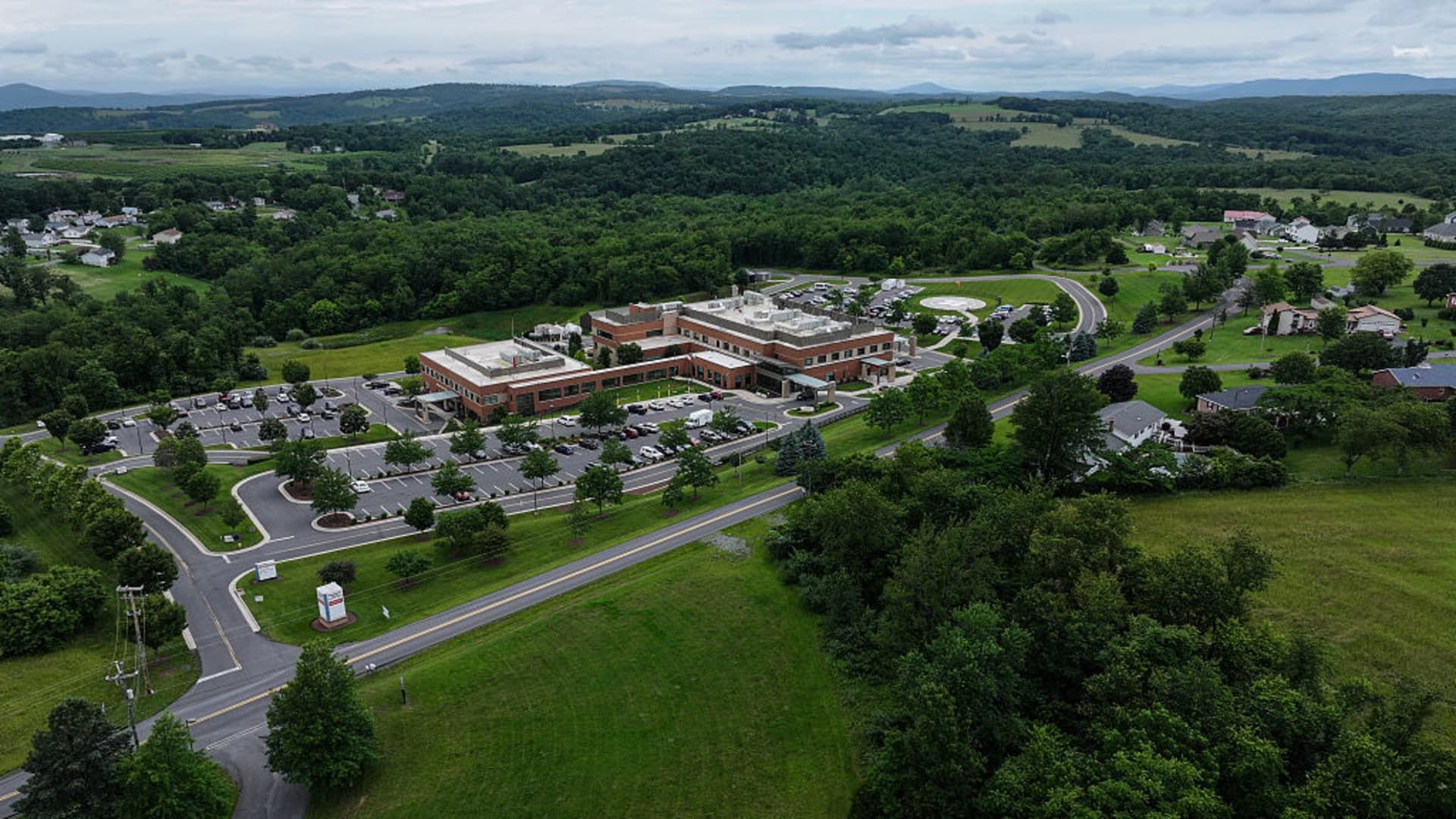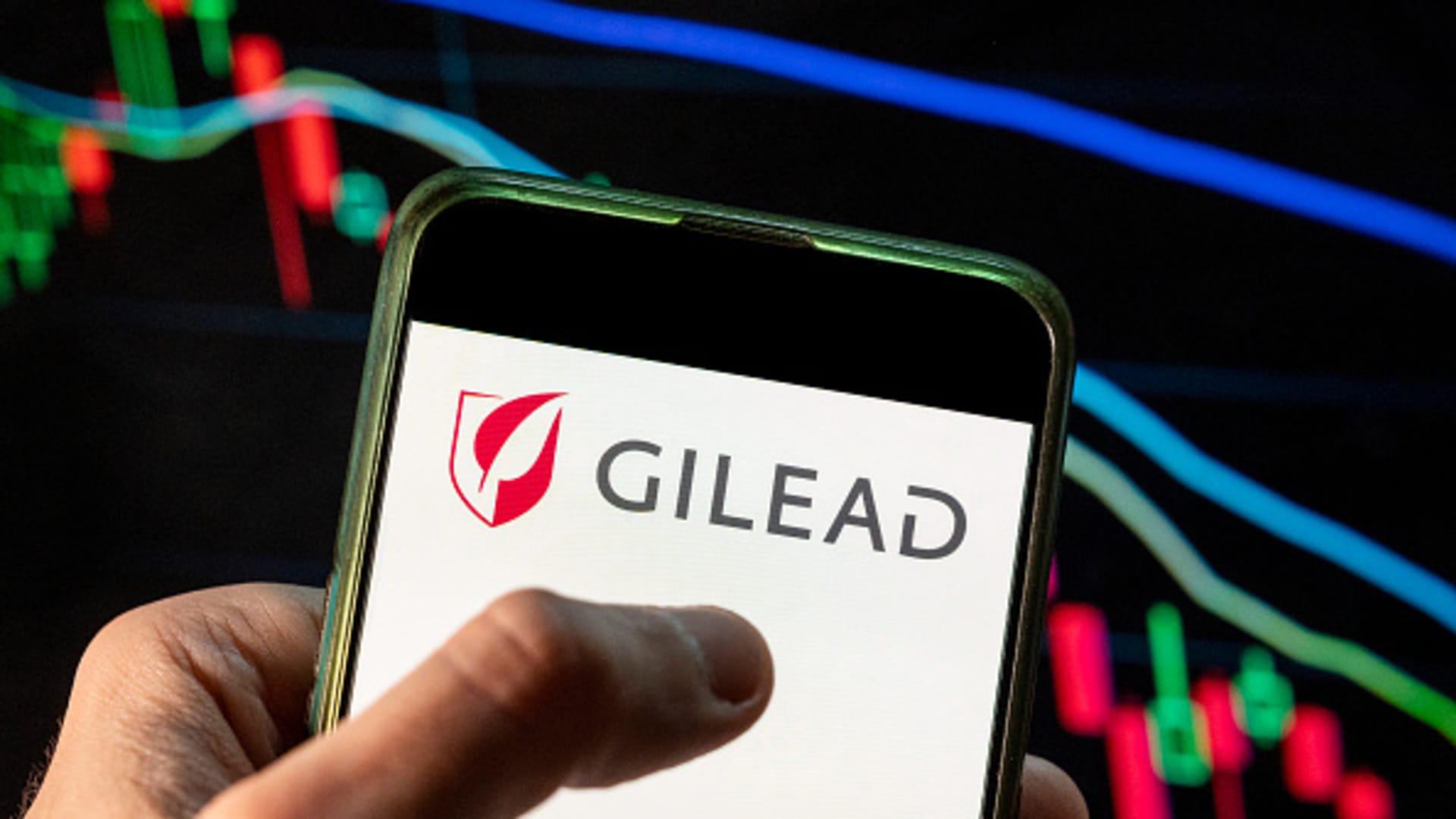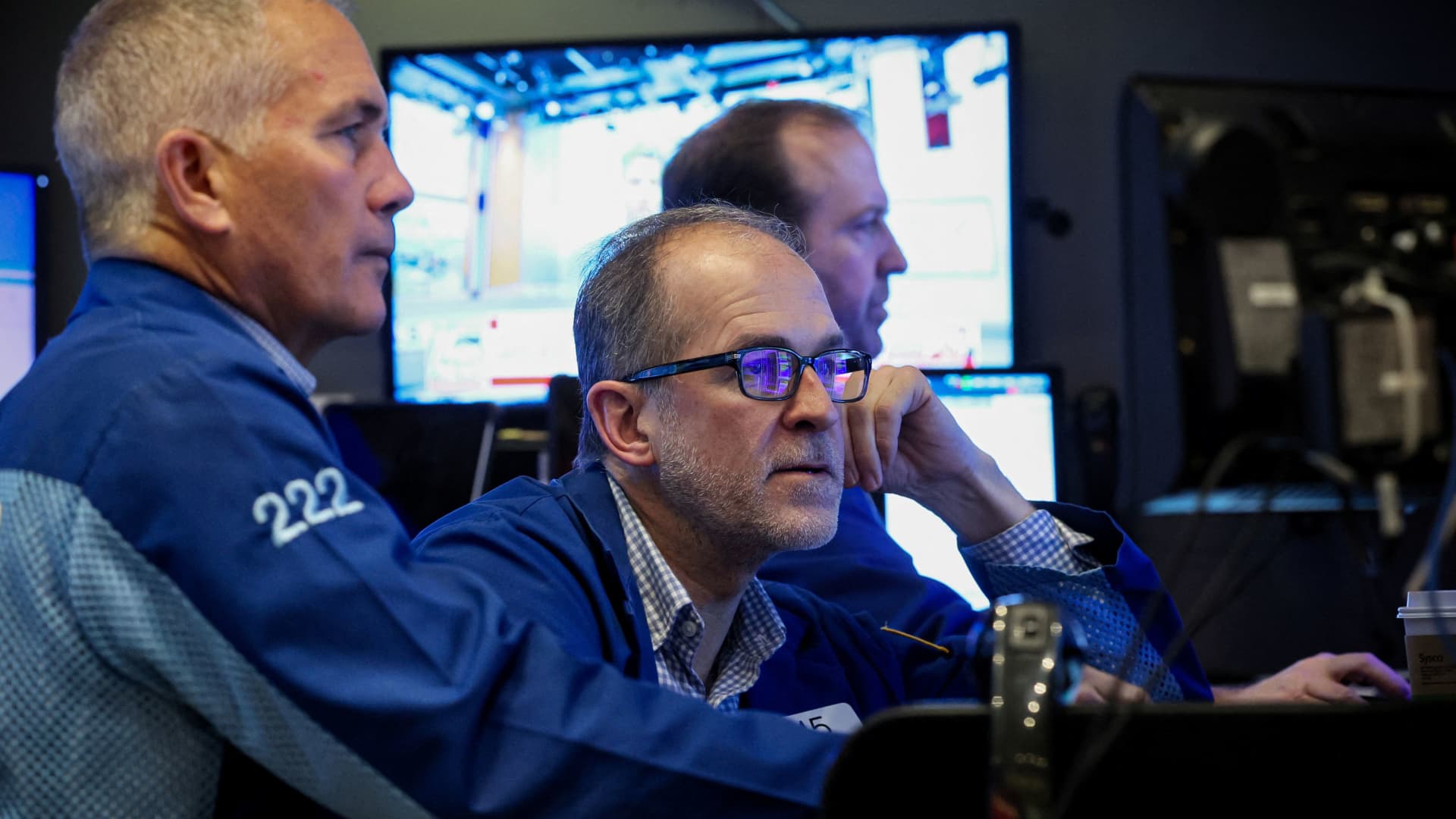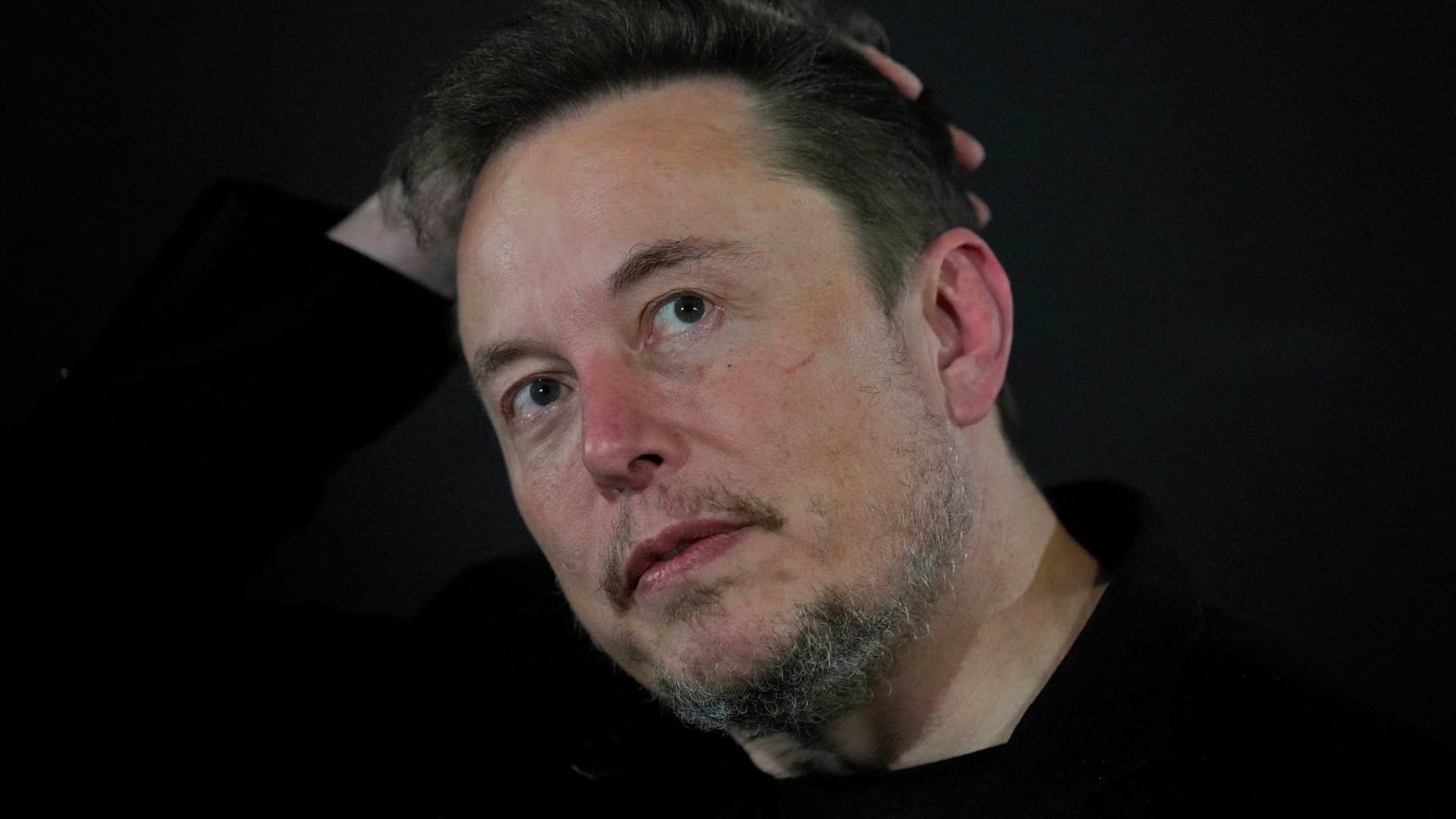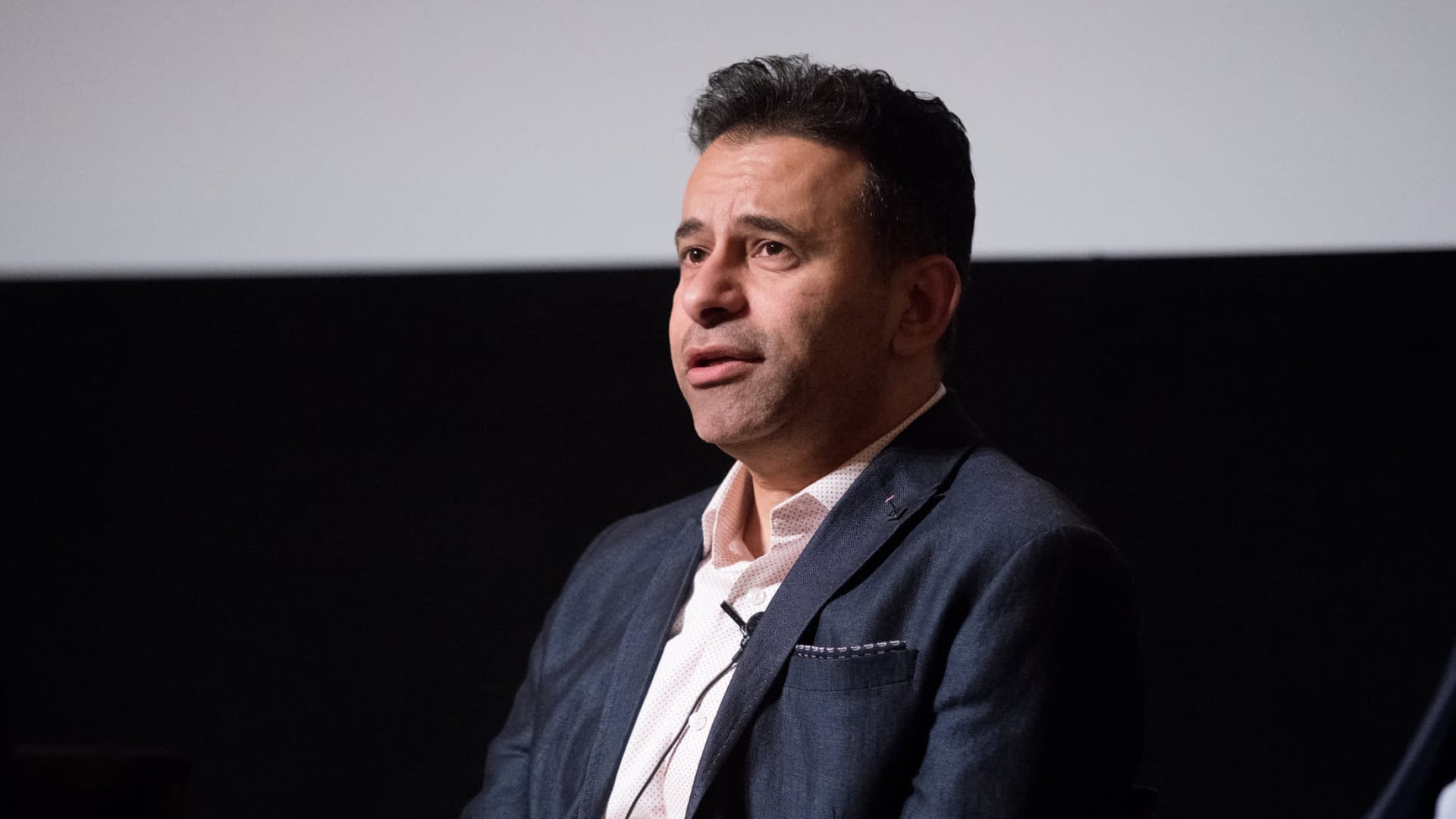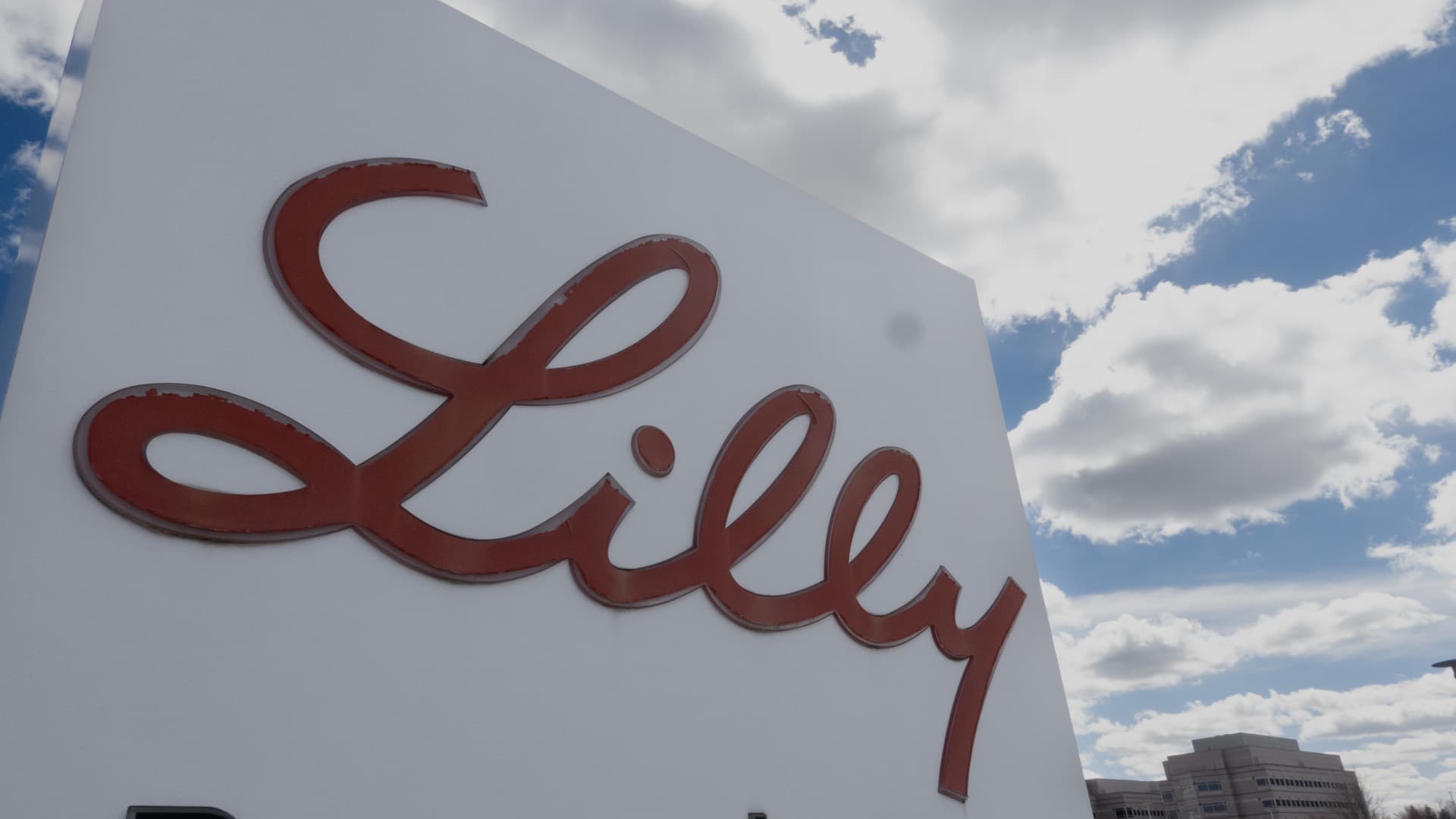An aerial view of the Health Hampshire Memorial Hospital on June 17, 2025 in Romney, WV
Ricky CariTi | The Washington Post | Getty images
The “Great Beautiful Bill” of President Donald Trump would make radical changes in the medical care of the United States, leaving millions of vulnerable Americans without health insurance and threatening hospitals and centers that give them attention.
The Senate voted on Tuesday 51-50 to approve the expenditure measure after a marathon voting session during the night in amendments. But the bill will face another important evidence in the Chamber, where Republicans have a thin majority and some members have already raised objections to the legislation.
Recent changes in the bill would reduce approximately $ 1.1 billion in medical care expenses during the next decade, according to new estimates of the non -partisan Congress Budget Office.
According to the CBO, more than $ 1 billion of these cuts would come from Medicaid, a joint program of federal and state health insurance for disabled and low -income US. Fund cuts go beyond insurance coverage: the loss of this financing could gartain many rural hospitals that depend disproportionately on federal expenditure.
The CBO estimates that the current version of the bill would result in 11.8 million people who lose health insurance by 2034, with most of those people who lose the coverage of Medicaid.
But the implications could be even bigger. The Trump bill combined with separate policy changes could result in an estimated 17 million people to lose health insurance, said Robin Rudowitz, director of the Medicaid program and the organization of health policies of health, KFF.
She said that these other changes include new regulations that would drastically limit access to the market coverage of the health care law at a low price and expire the improvable fiscal loans.
“If all this is approved, it would represent the greatest return of health insurance coverage due to federal policy changes,” said Cynthia Cox, KFF director of the program in the ACA, in an analysis published on Tuesday.
According to government data, approximately 72 million Americans are registered in Medicaid, approximately one fifth of the total population of the United States. Medicaid is the main payer for most nursing homes, and pays about 40% of all births.
The Trump administration and its allies insist on the cuts in the bill to eliminate waste, fraud and abuse. Democrats have said that they break the president's repeated promises not to touch the Medicaid program. Medicaid has been one of the most divisive themes throughout the negotiations in both cameras, and some Republicans of the House of Representatives have expressed reservations about how deep are the cuts.
“I understand that they want to cut the fraud, but hitting the top will not solve the problem,” said Jennifer Mesik Kennedy, president of the American Nurses Association.
She said the cuts could close hospitals and health centers in rural areas and lead to the loss of jobs for medical care personnel such as nurses.
Millions of Americans will lose coverage
The cuts in the bill come from several different provisions, but most of Medicaid's savings will come from two changes.
One would establish a new and strict national work requirement so that certain medical beneficiaries from 19 to 64 years would require adults without children without disabilities and parents of children over 14 years to work, be volunteers or attend school for at least 80 hours a month to maintain their insurance coverage, unless they qualify for an exception.
The current law prohibits from baseing the eligibility of Medicaid on the work requirements or the work reports rules, according to KFF.
The new work requirement in the bill will not be activated until 2026. It is projected that it will save around $ 325 billion for a decade, said the CBO.
An analysis published on June 23 for the UC Berkeley Work Center said the work requirement would cause most people to lose safe and “raise a especially draconian barrier for older adults.” The center said there is a constant drop in employment after 50 years due to factors “outside [people’s] Control “, including the deterioration of health, age discrimination and the increase in responsibility for providing care to the greatest members of the family.
“These same factors make older adults particularly vulnerable to the loss of coverage under the work requirements of Medicaid,” the analysis said.
People living in rural communities, such as seasonal farmers, can also have difficulty finding employment for parts of the year, said Mesik Kennedy.
AARP, a defense group that focuses on issues that affect those over 50 in the United States, sent a letter during the weekend to the leader of the majority of the Senate John Thune, RS.D., and the leader of the Senate minor Premium taxes to buy coverage through ACA markets.
“This creates a coverage cliff for those of 50 years and early 60s, particularly for those who are retired or who work part -time, who can run out of an option of affordable coverage,” said the group.
Hospitals, health centers, patients in rural areas at risk
A surgeon passes in the surgical unit of the Health Hampshire Memorial Hospital on June 17, 2025 in Romney, WV
Ricky CariTi | The Washington Post | Getty images
Another conductive source of savings of Medicaid will provide a provision that will limit and gradually reduce the tax that states can impose on hospitals, health plans and other medical suppliers. These provider taxes are designed to help finance state programs of Medicaid, and the federal government coincides with a part of the state spending.
Some members of the Trump administration and conservative legislators argue that it is an escape that states receive disproportionately more federal funds than contributing.
The restrictions of the invoice on the provider's taxes and another strategy called payments led by the State would reduce the expenditure of $ 375 billion combined, according to the CBO report.
But some senators of the Republican Party and experts expressed concern that limiting taxes to suppliers would threaten a critical financing flow for rural hospitals, which could force them to close them and other health centers. Mesik Kennedy said that medical care providers in rural areas, particularly critical access hospitals, trust Medicaid funds to support them compared to those of urban areas.
“You will see rural hospitals closures that are the backbone of their community and they were already fighting financially. You will see half a million job losses,” said Mesik Kennedy.
She said that pregnant women in rural areas could be forced to drive 30, 40 or more miles to deliver a baby, while emergency medical services could have to drive an hour to reach a patient who has a heart attack.
Patients in rural communities already have higher rates of chronic diseases and mortality because they have limited access to care, according to disease control and prevention centers.
Senate Republicans have added a $ 25 billion fund to the bill to help rural hospitals stay open in front of Medicaid cuts.
But Mesik Kennedy said Fund is “putting a bucket of water in the fire of the house”, adding that it is not enough to compensate for the cuts of the provider's tax limit and other provisions.
According to a report by the National Association of Rural Health of the National Association of Rural Health of the National Association of Rural Health of the National Association of Rural Health of the National Association of Rural Health.
A victory for the pharmaceutical
The Republicans of the Senate delivered a victory to the medication manufacturers after they added a provision to the bill that would exempt more medications from the Medicare medication price negotiations of the Inflation Reduction Law.
According to the invoice, the medications used to treat multiple rare diseases will be exempt from these price conversations between Medicare and manufacturers. The Senate initially left that provision out, called orphan law Cures, in its first draft of the bill last month.
The pharmaceutical industry argues that excluding these medications from negotiations will encourage more investments in rare conditions. Currently, only medications that treat a single rare disease or condition can be exempted from price conversations.
“The orphan law Cures will allow more options for Americans who live with rare diseases,” wrote the Biotechnology Innovation Organization of the Commercial Group on Wednesday in a publication on X. The group also said that only 5% of rare diseases have an approved treatment, while the economic number of rare conditions in the United States exceeded $ 997 billion in 2019.
But on Tuesday, the patients of the drug pricing group for affordable medications now asked the Chamber to eliminate the law of cures of orphans of the invoice and allow the Medicare medication price negotiations to give more savings to the patients.
The decision to include it in the legislation “moves us in the wrong direction, undermining hard progress to reduce the prices of medicines,” said Merith Basey, executive director of the group, in a statement.
“Pharmaceutical lobbyists will not stop at anything to maintain industry's profits, and when most of the cave Senate to their interests, it is a reminder for Americans why they are paying the highest prices of the world's medications. In a nutshell: it is because Congress allows it,” Basey said.
He called it “completely unnecessary raffle of $ 5 billion” to the pharmaceutical industry, referring to CBO estimates on how much the Huérpanian Cure Law would cost taxpayers in the next decade.

